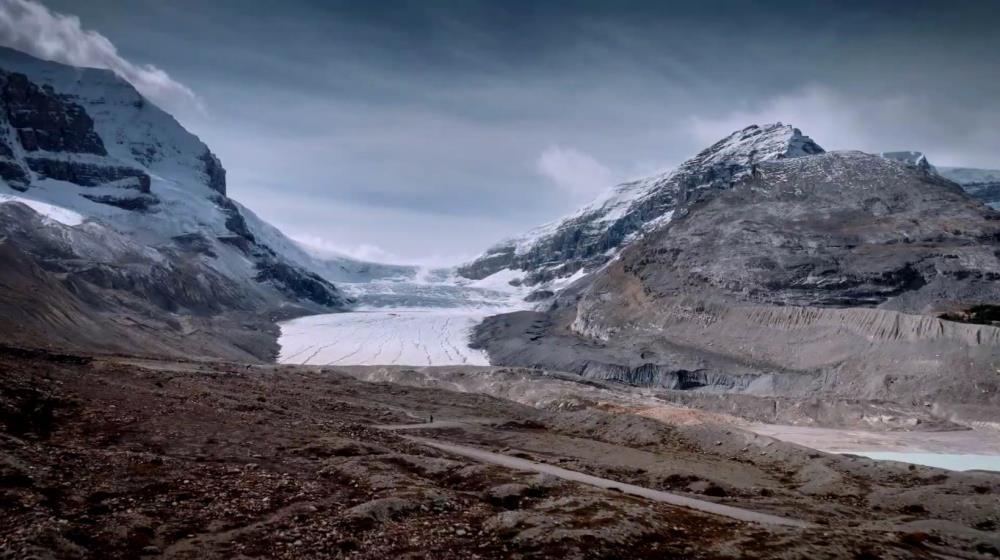
Related items loading ...
Section 1: Publication
Publication Type
Journal Article
Authorship
Li, Z., Li, Y., Bonsal, B., Manson, A., and Scaff, L.
Title
Combined Impacts of ENSO and MJO on the 2015 Growing Season Drought over the Canadian Prairies
Year
2018
Publication Outlet
Hydrol. Earth Syst. Sci. Discuss.
DOI
ISBN
ISSN
Citation
Li, Z., Li, Y., Bonsal, B., Manson, A. H., and Scaff, L.: Combined impacts of ENSO and MJO on the 2015 growing season drought on the Canadian Prairies, Hydrol. Earth Syst. Sci., 22, 5057–5067,
https://doi.org/10.5194/hess-22-5057-2018 , 2018.
Abstract
Warm-season precipitation on the Canadian Prairies plays a crucial role in agricultural production. This research investigates how the early summer 2015 drought across the Canadian Prairies is related to the tropical Pacific forcing. The significant deficit of precipitation in May and June 2015 coincided with a warm phase of the El Niño–Southern Oscillation (ENSO) and a negative phase of Madden–Julian Oscillation (MJO)-4 index, which favour a positive geopotential height (GPH) anomaly in western Canada. Our further investigation during the instrumental record (1979–2016) shows that warm-season precipitation in the Canadian Prairies and the corresponding atmospheric circulation anomalies over western Canada teleconnected with the lower boundary conditions in the tropical western Pacific. Our results indicate that MJO can play a crucial role in determining the summer precipitation anomaly in the western Canadian Prairies when the equatorial central Pacific is warmer than normal (NINO4 > 0) and MJO is more active. This teleconnection is due to the propagation of a stationary Rossby wave that is generated in the MJO-4 index region. When the tropical convection around MJO-4 index region (western tropical Pacific, centred over 140∘ E) is more active than normal (NINO4 > 0), Rossby wave trains originate from the western Pacific with wavenumbers determined by the background mean wind and meridional absolute vorticity gradient. Under warm NINO4 conditions waves are generated with smaller wavenumbers compared to cold NINO4 conditions. These waves under warm NINO4 can propagate into the mid-latitudes over North America, causing a persistent anomalous ridge in the upper level over western Canada, which favours dry conditions over the region.
Plain Language Summary
The research started by investigating the 2015 growing season drought over the Canadian Prairies and evolved into investigating the connection between growing season rain deficit in the Prairies and MJO (20–90 days tropical oscillation in convective storms). With warm central Pacific sea surface temperature, strong MJOs in the western Pacific cause Rossby wave trains that propagate downstream and favour upper-level ridges and rain deficits over the Canadian Prairies during the growing season.


 GWFNet
GWFNet Master
Master Data
Data Research
Research Map
Map
 Advanced
Advanced Tools
Tools
 . . .
. . .
 Metadata Editor
Metadata Editor
 Record List
Record List
 Alias List Editor
Alias List Editor
 Legacy sites
Legacy sites